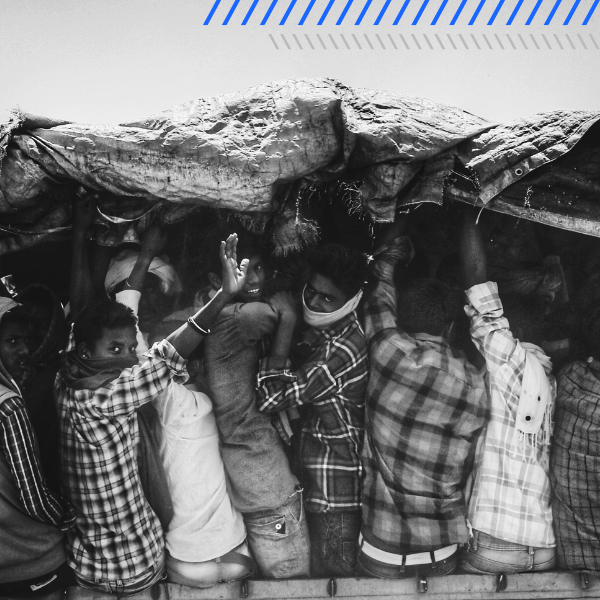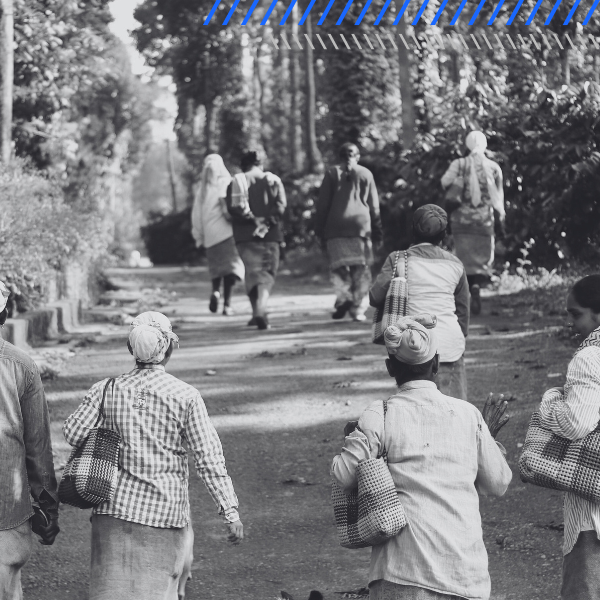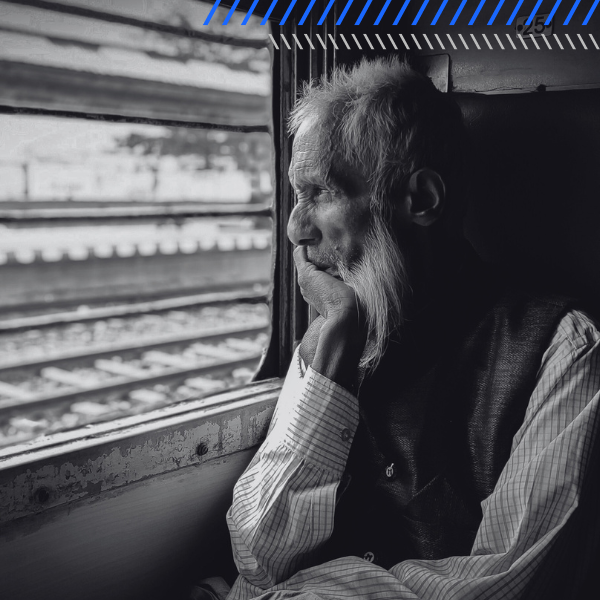When COVID-19 was declared a global pandemic and the number of cases and deaths caused by the infection started increasing rapidly, countries declared strict lockdowns with very little notice. In India, when the national lockdown was announced in March 2020, all workplaces—from small workshops to large factories—were forced to close their doors, triggering widespread confusion and panic across among workers. Workers were forced to make huge life decisions with very little information and understanding of the situation they were in.
What role did information and its media play in the migrant workers’ understanding of the situation, and what factors did they have to consider when deciding to either return home or stay in the city? And how have the economic uncertainties affected the economic conditions of migrant workers? These are some of the questions that arise when we think about the mass exodus of migrant workers that took place in India last year around this time.
Throughout 2020, there was much said and written about migrant workers. Yet, there is so much left to be understood. What is the role of social protection schemes and what are the gaps in accessing them for migrant workers? We look at this in detail in an article exploring data on migrants, government programmes and issues with coverage. In an article proposing for a sustainable resolution of the migrant crisis, we write about the relationship of migrant workers with large cities and government challenges and recommend better enumeration, portability of government schemes across states in India, and the need for affordable decent housing for migrant workers.
To go beyond analysis and opinion pieces and capture the pulse on the ground, we conducted qualitative interviews of a few garment factory migrant workers who stayed back in cities in their hostels during the lockdown period. How did they feel? What were they worried about? Whom did they trust? These are some of the questions we answer in a series of short write-ups that were born out these in-depth interviews.
To learn from our fellow researchers, we initiated a conversation with JPAL South Asia and IDinsight. GBL’s Senior Manager of Data and Research, Smit Gade, interviewed JPAL’s Associate Director of Policy Sharanya Chandran; and our cofounder Anant Nyshadham held a discussion with IDinsight’s Director Dr. Divya Nair on their recent learnings from surveys on migrant workers and the collective challenges and responsibilities of researchers studying this space. These conversations reaffirmed our belief in the importance of knowledge sharing and a campaign such as GBL Access.


